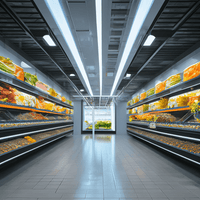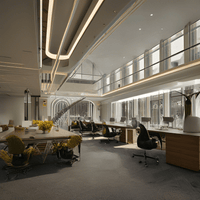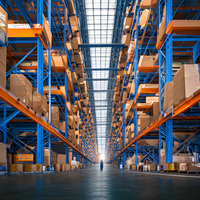How to Keep LED Pendant Lights Performing Optimally
LED pendant lighting represents a significant investment for commercial spaces like offices, retail stores, restaurants, and more. Organizations expect a high return from the long lifespan, efficiency, and quality that LED pendant lights promise. However, to realize the full benefits, proper maintenance is essential to keep these fixtures running optimally for years.
This article will discuss critical factors in preserving LED pendant light performance and lifespan.
Regular Maintenance Is Key
Consistent cleaning and upkeep are vital for LED pendant fixtures. Dust and dirt buildup on the light covers can diminish brightness and aesthetic appeal. Over time, grime reduces light output by up to 30%.
Establish a regular maintenance schedule to keep pendant lights dust-free. For pendant fixtures that see a lot of handling, like over counters, wipe down once a week. For minimal touch fixtures, every 2-3 months is sufficient. Some dos and donts you should know here.
Use microfiber cloths and warm, soapy water to gently clean covers without scratching. Avoid harsh cleaning products. For intricate pendants, consider taking apart components for a deeper clean 2-3 times a year.
Thoroughly drying all pieces prevents water marks and clouding. If fixtures have wood, metal or brass elements, apply polish to restore shine.

Understanding Lumen Maintenance
Aside from dirt accumulation, the natural process of lumen degradation also reduces LED pendant light brightness over time.
The lumen maintenance factor indicates how well LED lighting maintains brightness. Most quality LEDs are engineered for 70% original brightness at 50,000 hours of use. Understanding this degradation curve aids long-term performance planning.
Gradual light loss is typical, but sudden dimming could signal an issue needing maintenance. Swapping older LED modules around 40,000-60,000 hours prevents irregular dimming.
Look Out For Common Problems
Despite best efforts, issues can still crop up. Being aware of common problems helps address them quickly.
Improper Installation
Incorrect installation causes problems like uneven light distribution, exposed wires, and short-circuiting. Following manufacturer guidelines prevents this.
Overheating
Using LEDs in enclosed, hot environments without ventilation can cause overheating, reducing lifespan. Proper placement is vital.
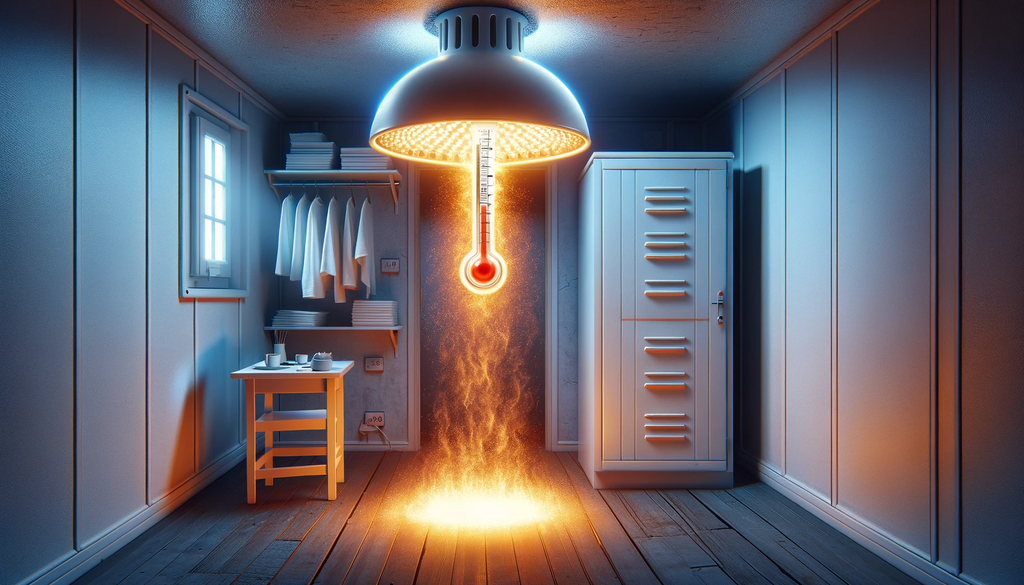
Voltage Fluctuations
Loose connections or wiring issues create voltage drops. This leads to flickering, humming, dimming or buzzing. Check connections and cabling to fix this.
Daisy-Chaining
Chaining too many pendants can also cause voltage drops. Exceeding recommended runs will create performance issues.
Incompatible Drivers
LED drivers must match the pendant's wattage needs. A mismatch causes power issues, flickering and premature failure.
Excessive Brightness
Overly bright LEDs cause discomfort and glare. Use dimmers or replace with lower lumen pendants. Lighting calculations help avoid this.
Flickering
Alongside wiring faults, flickering can also occur from pairing LEDs with incompatible dimmers. Always verify dimmer compatibility.
Radio Frequency Interference
Proximity to electronics can cause LEDs to create or be affected by RFI. Interference disrupts performance. Proper placement helps.
Create a Maintenance Schedule
Prevention is key for pendant longevity. Create a schedule for:
- Regular cleaning to prevent dirt buildup
- LED replacement around 40,000-60,000 hours
- Testing smart features and surge protection
- Inspecting connections to avoid loosening
- Safety audits for code/standard compliance
Technology like sensors can also provide diagnostic data to optimize schedules.
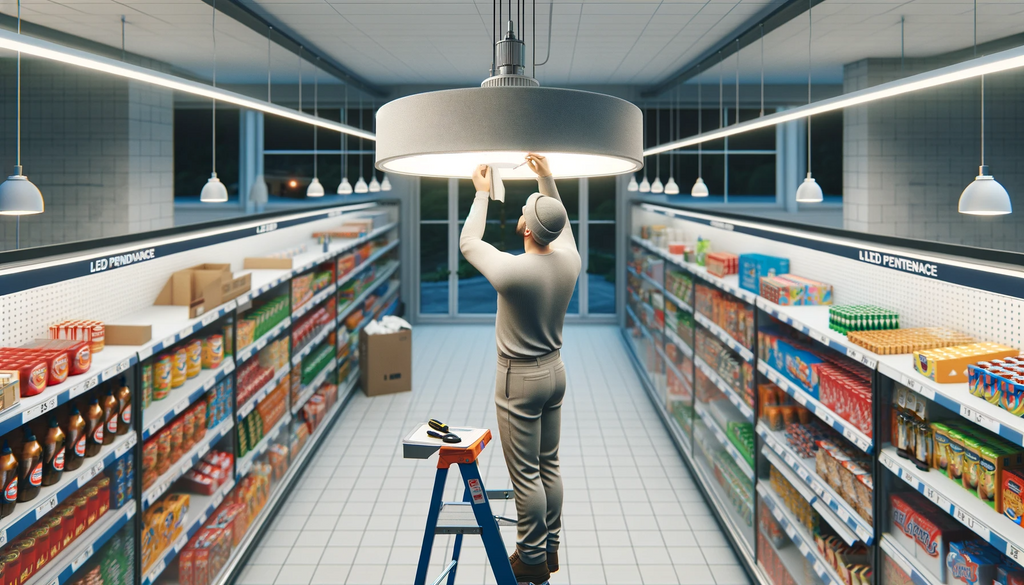
Prompt Troubleshooting Avoids Disruption
Despite best efforts, problems can arise. Experienced staff should address issues ASAP to minimize impact.
Understanding fixture components helps quickly diagnose root causes based on symptoms. Clear documentation further aids troubleshooting.
Workarounds maintain function while full repairs take place with minimal disruption. Outside experts provide 24/7 emergency support for specialized assistance.
Testing replacements before reinstalling ensures proper operation. Update any software and configurations as needed too.
Continual Optimization Is Key
Effective LED pendant light management requires continual optimization of maintenance and issue resolution.
Premium fixtures and components justify higher upfront costs through increased performance, lifespan and capabilities.
Partnerships with service providers fill knowledge gaps, improve troubleshooting response and provide fresh perspectives.
Proper oversight and nuanced human judgement balance technical capabilities for holistic decision making.
Wrapping Up: LED Pendant Light Care Tips
Regular maintenance keeps LED pendant lights running optimally over long lifetimes. Understanding common issues aids prevention and swift troubleshooting when problems occur. Continual optimization paired with diligent preservation of initial quality maximizes multi-year returns on these investments.
If you're interested in custom LED pendant light solution, contact Halcon now.
